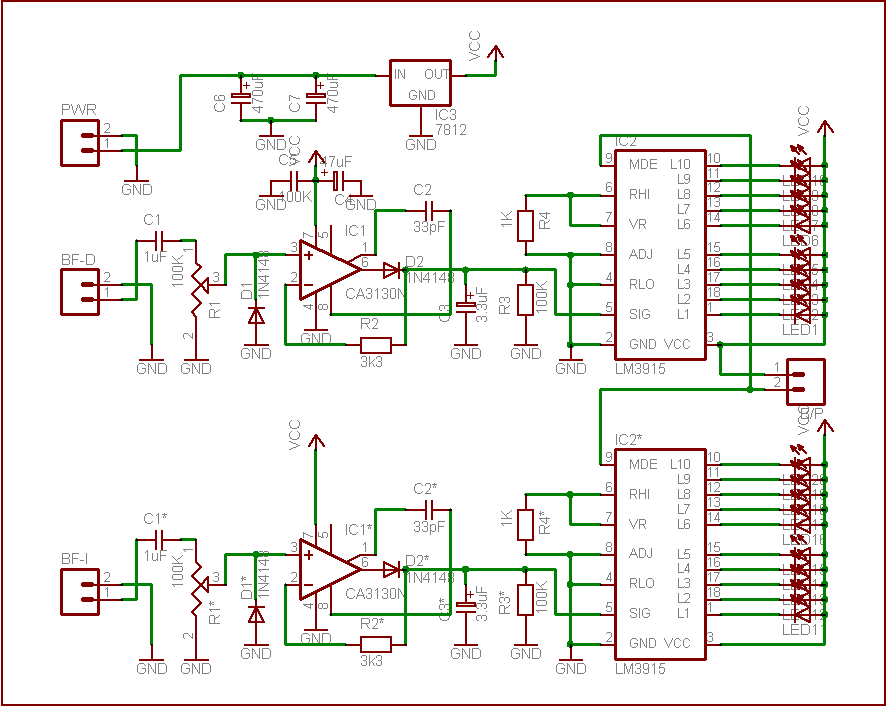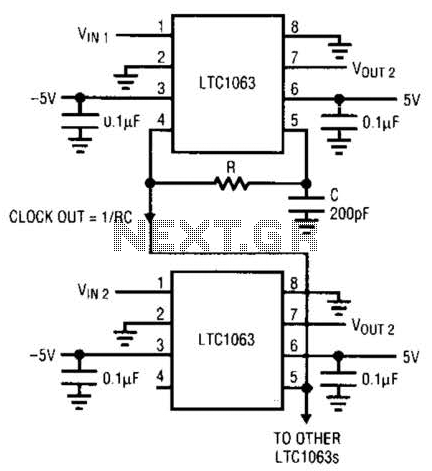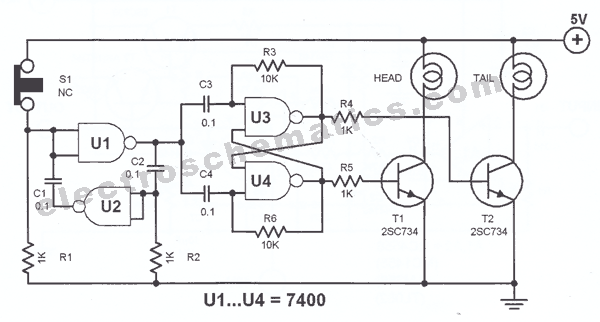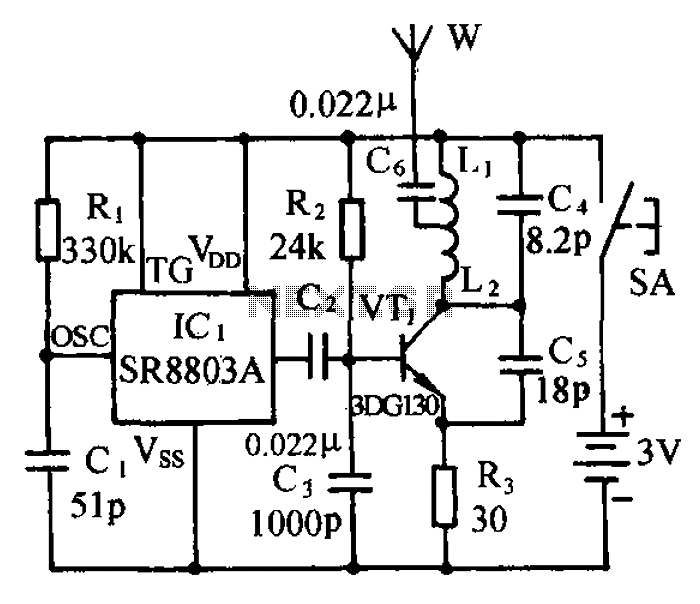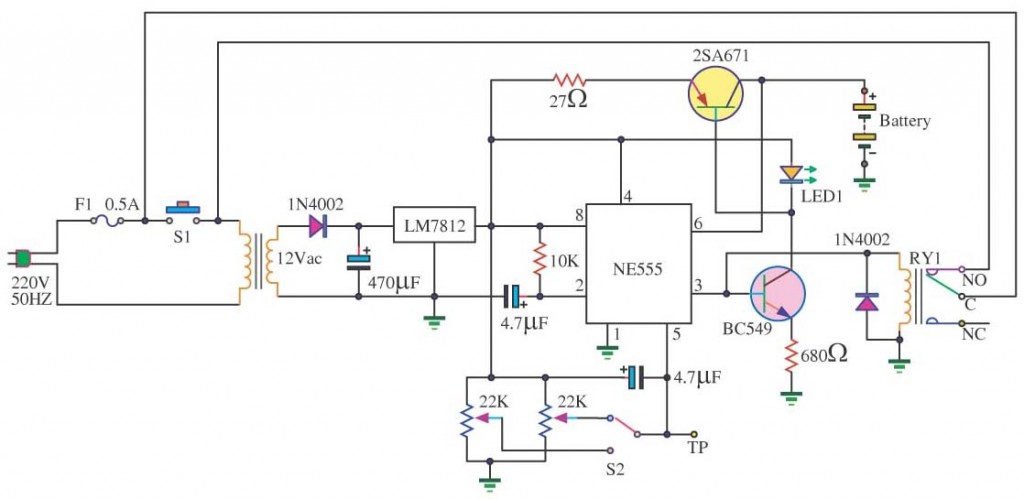
For frequent motor starting Y- starting circuit
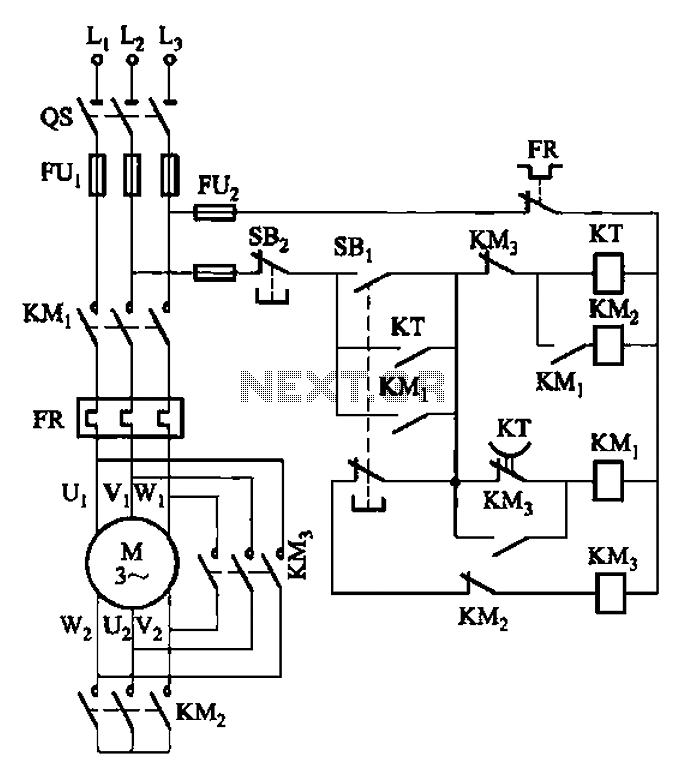
The circuit depicted in Figure 3-41 illustrates a Y-transfer process. When contact KMi is turned off, the motor undergoes a transition in the event of a power failure. Additionally, the main contact KM3 is disconnected when KM2 is activated, ensuring that both cannot be in the ON state simultaneously. This design prevents frequent starts that may occur due to a short circuit fault.
The circuit functions as a motor control system that incorporates safety measures to enhance reliability during power fluctuations. The Y-transfer process indicates that the circuit is designed to manage the operational state of the motor effectively. When contact KMi is deactivated, it triggers a sequence that safely transitions the motor to a stop, thereby preventing damage from abrupt power loss.
The interlocking mechanism between KM2 and KM3 is a critical feature of this design. By ensuring that only one contact can be activated at a time, the circuit minimizes the risk of simultaneous engagement, which can lead to electrical faults or mechanical failures. This arrangement is particularly crucial in applications where motor control is sensitive to rapid cycling or where short circuits may occur.
The schematic would typically include various components such as relays, contactors, and possibly fuses to protect against overcurrent conditions. The design should also consider the ratings of the components to ensure they can handle the expected load and fault conditions. Implementing such a circuit requires careful attention to the specifications of each part, including coil voltages, contact ratings, and the overall configuration to ensure safe and efficient operation.
In summary, the circuit's design prioritizes safety and reliability, making it suitable for applications where power stability is a concern. The careful coordination between the contacts ensures that the motor operates within safe parameters, reducing the likelihood of damage from electrical faults. Circuit shown in Figure 3-41. This circuit Y- transfer process, contact KMi turned off again experienced a process of turning that motor is transitioned in case of power failur e; in addition, KM3 main contact is disconnected when KMz it can be turned on, the two can not simultaneously in the ON state, thereby avoiding frequent start due to a short circuit fault occurs.
The circuit functions as a motor control system that incorporates safety measures to enhance reliability during power fluctuations. The Y-transfer process indicates that the circuit is designed to manage the operational state of the motor effectively. When contact KMi is deactivated, it triggers a sequence that safely transitions the motor to a stop, thereby preventing damage from abrupt power loss.
The interlocking mechanism between KM2 and KM3 is a critical feature of this design. By ensuring that only one contact can be activated at a time, the circuit minimizes the risk of simultaneous engagement, which can lead to electrical faults or mechanical failures. This arrangement is particularly crucial in applications where motor control is sensitive to rapid cycling or where short circuits may occur.
The schematic would typically include various components such as relays, contactors, and possibly fuses to protect against overcurrent conditions. The design should also consider the ratings of the components to ensure they can handle the expected load and fault conditions. Implementing such a circuit requires careful attention to the specifications of each part, including coil voltages, contact ratings, and the overall configuration to ensure safe and efficient operation.
In summary, the circuit's design prioritizes safety and reliability, making it suitable for applications where power stability is a concern. The careful coordination between the contacts ensures that the motor operates within safe parameters, reducing the likelihood of damage from electrical faults. Circuit shown in Figure 3-41. This circuit Y- transfer process, contact KMi turned off again experienced a process of turning that motor is transitioned in case of power failur e; in addition, KM3 main contact is disconnected when KMz it can be turned on, the two can not simultaneously in the ON state, thereby avoiding frequent start due to a short circuit fault occurs.
